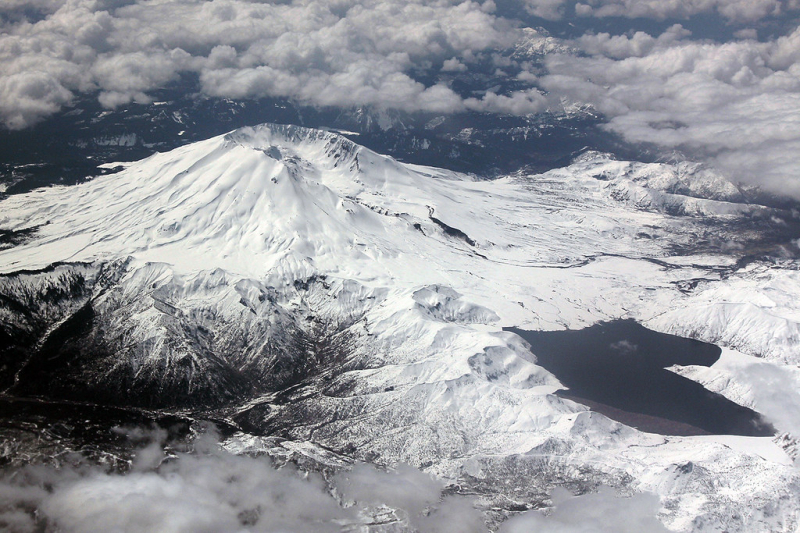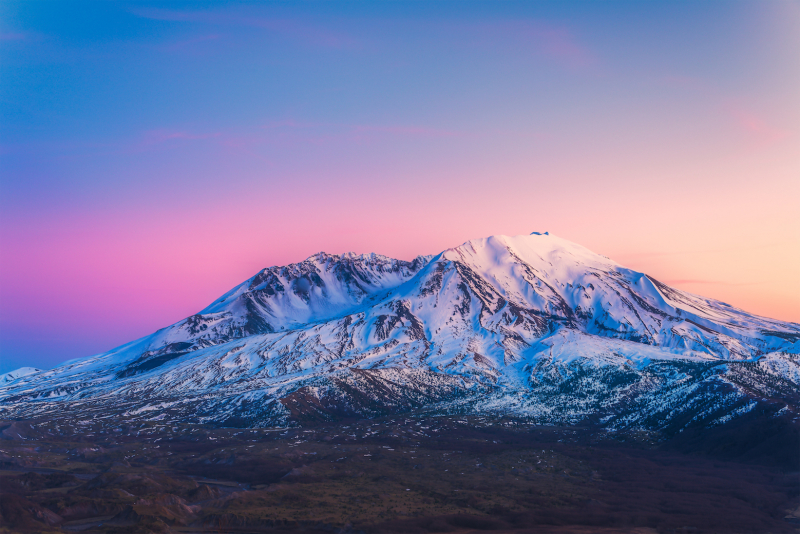Mount St. Helens Released 24 Megatons of Thermal Energy
Along with frequent hurricanes, tornadoes, and more than its fair share of earthquakes, North America is prone to all three. There are also several volcanoes here that occasionally erupt, though they are uncommon; one such volcano is Mount St. Helens in Washington state. It demonstrated its incredible strength in horrifying ways when it erupted back in 1980.
'Step Canyon' is this. As opposed to the 1.5km of the real Grand Canyon, which is roughly 20m deeper, Steve Austin has dubbed this the "Little Grand Canyon." Leading into it is "Engineers Canyon," which Wilson adds was constructed quickly by engineers pumping water out of a lahar-dammed lake further upstream. A young Earth (6,000 years or less old) with its geological features formed by the Noachian flood, according to Austin, Morris, and other creationists, is supported by the fact that these two formations were created so quickly by erosive forces. This "proves" the Grand Canyon itself formed extremely quickly.
A series of earthquakes were felt in the region beginning in March of that year, and the volcano itself started to protrude 450 feet. On May 18, it eventually exploded, spewing out 24 megatons of thermal energy, or 24 million tons of TNT. With just the initial lateral blow, it produced 520 million tons of ash and felled enough trees to build 300,000 homes.
- Power releases: 24 megatons of thermal energy












